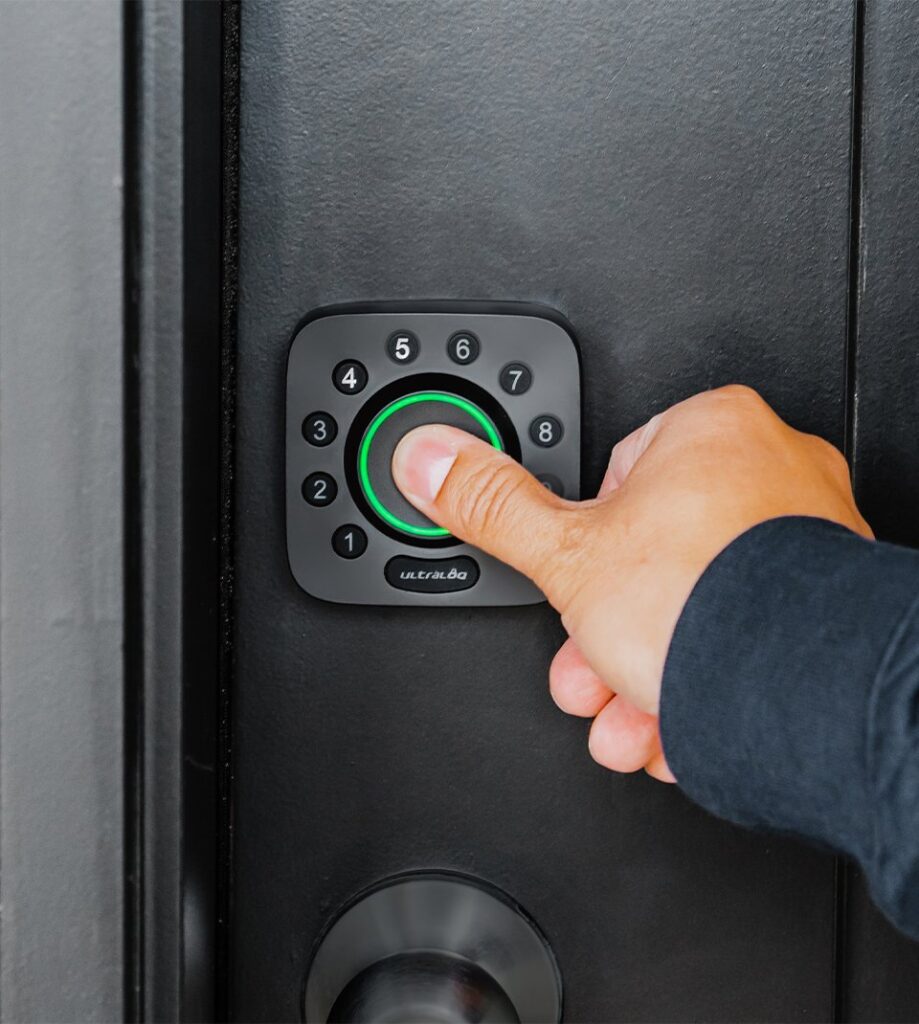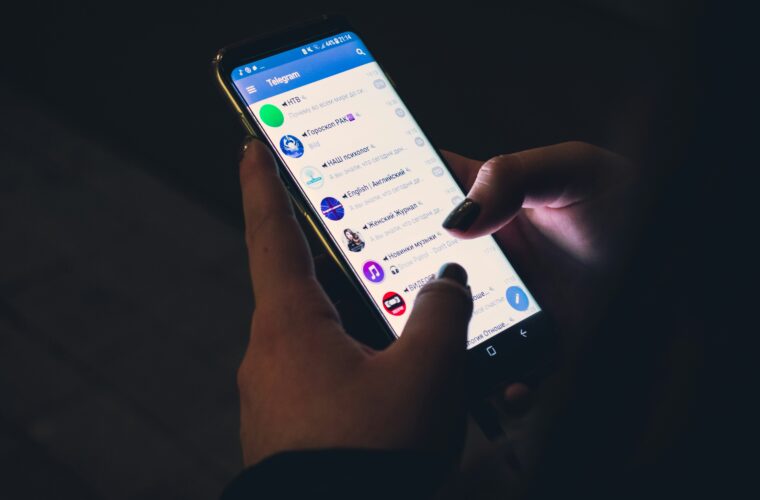Technology is one of the few sectors not to feel the grip of the economic crisis aggravated by the Covid-19 emergency. We can save money on food, clothes, maybe even deprive ourselves of a holiday, but we cannot afford to do so on the devices we use every day, no longer limited to smartphones and laptops because the evolution of other segments allows us to live in a simpler, less tiring and safer way. One example is home automation, which in addition to monitoring and reducing energy consumption has opened up new frontiers in home security, as demonstrated by the growth in the market for surveillance cameras and smart locks. On the other hand, why give up the possibility to keep the house under control and make life difficult for the bad guys who want to sneak in and steal our goods?
Although still limited, as they have only been on the market for a few years, smart locks are one of the most popular remedies for living peacefully when we leave the house, go on holiday or overnight. Giving up physical keys in favor of a digital system that allows doors to be opened or closed remotely via smartphone or other devices offers undoubted practical advantages, in terms of time and movement. The numbers confirm people’s willingness to invest in technology that increases home security: the global turnover of smart locks reached $1.4 billion in 2020 and was expected to close 2021 at $1.64 billion, with estimates of growth to $4.45 billion by 2027, when smart locks will have become more familiar to hundreds of millions of people who may not even be aware of them today. In addition to the need to protect one’s environment (this also applies to B&Bs and Airbnb holiday homes, as an access code can be generated for a certain period of time via a mobile app), the cost will also help to encourage the spread of smart locks, as on average it only takes €150 to buy a basic reliable model.

Same purpose, different technologies
There are different types of smart locks, whose most significant difference is not in their appearance, but in the technologies used and how they work. The most popular models are WiFi, biometric, Bluetooth, alpha-numeric code and Z-Wave. Before choosing the model you want to buy, it is a good idea to know the type of cylinder in the door, so as to check that it is compatible with the device you are looking for, or to find the adapter needed to integrate it. For this reason, many companies make their technicians available to help people understand how to move and then install the lock in their home.
Returning to the different models listed, the most popular are locks equipped with a Wifi module, which connect to a wireless network or a device’s network and can be managed with the mobile app (free to download on iOS and Android). They can do without the app because they rely on a combination of letters and numbers (to be kept out of sight) to lock and unlock the door, while smart locks with an alpha-numeric code are the most expensive and secure options using biometric systems. The oldest and therefore least considered due to their limited potential are the Bluetooth models, with exceptions for Igloohome and Tapplock one+ (which use the same technology but are digital locks with many of the features typical of smart locks), as opposed to Z-Wave locks which are among the newest and smartest on the market, as they integrate with other devices in the home system.
Benefits and convenience
With the latest models, having an app means you can monitor what’s going on at any time and in real time, but also receive a notification when someone approaches your entrance (e.g. the courier to deliver a package in your absence), thus reducing risks and allowing you to instantly alert the police if some stranger tries to tamper with the system or unhinge the door. As well as being operated only by the owner and any other members authorized by the owner and requiring little maintenance, unless vandalism forces the purchase of a new system, by dispensing with the need for a physical key the smart lock eliminates the risk of being locked out of your home. Another important aspect concerns the opportunity to connect the lock to Google Assistant, Siri or Alexa to manage everything by voice, or connect it to other devices in the house to match commands following certain scenarios (such as turning on the lights or the thermostat when opening the door).

Nuki Smart Lock 3.0 Pro 
Ultraloq U-Bolt Pro WiFi 
August WiFi Smart Lock
Many models that are easy to manage and not too expensive outline a bright future
Market growth will also come a long way from European countries, where there is still little appetite for relying on a smart lock to defend the home. “Currently, only about 1.5% of house and apartment doors in Europe are smart,” explains Martin Pansy, CEO and co-founder of Nuki Home Solutions, a company founded in 2014 in Graz, Austria, which has so far made about 200,000 doors smart in the Old Continent and aims to attract customers with solutions that are easy to install and affordable in price.The latest is Smart Lock 3.0 in basic (€149) and Pro (€249) versions, with the latter incorporating WiFi, battery and aluminum knob, as well as a universal cylinder that ensures it can be mounted on many doors without drilling holes. The latest is Smart Lock 3.0 in basic (€149) and Pro (€249) versions, with the latter incorporating WiFi, battery and aluminum knob, as well as a universal cylinder that ensures it can be mounted on many doors without drilling holes. Both reduce motor noise compared to previous models, are operated via the button on the round knob and are compatible with popular smart home systems such as Apple HomeKit, Google Home, Amazon Alexa, IFTTT.
Considering the sales and completeness of the system, those made by the US-based August are some of the best models on the market. The most popular among users is the WiFi Smart Lock (industry companies need to find alternative names for this widely used), which is less bulky than its predecessor, integrates WiFi connection that avoids the need to use the August Connect bridge to connect the lock to the home network. Useful features include DoorSense, which alerts you if the door is left ajar, and geofencing, to set a perimeter via app and trigger the door lock when you cross the set area. It costs $229.
Another model topping the ratings is Ultraloq WiFi Smart Lock (costs $249 and is also available in a Z-Wave version for $229), which unlocks automatically when you arrive in the vicinity of the door with your smartphone in your pocket and locks automatically when you close the door and leave the house. Capable of resisting water drops and weather (cold and hot), it installs with a simple screwdriver and has an 18-month electrical parts warranty.


